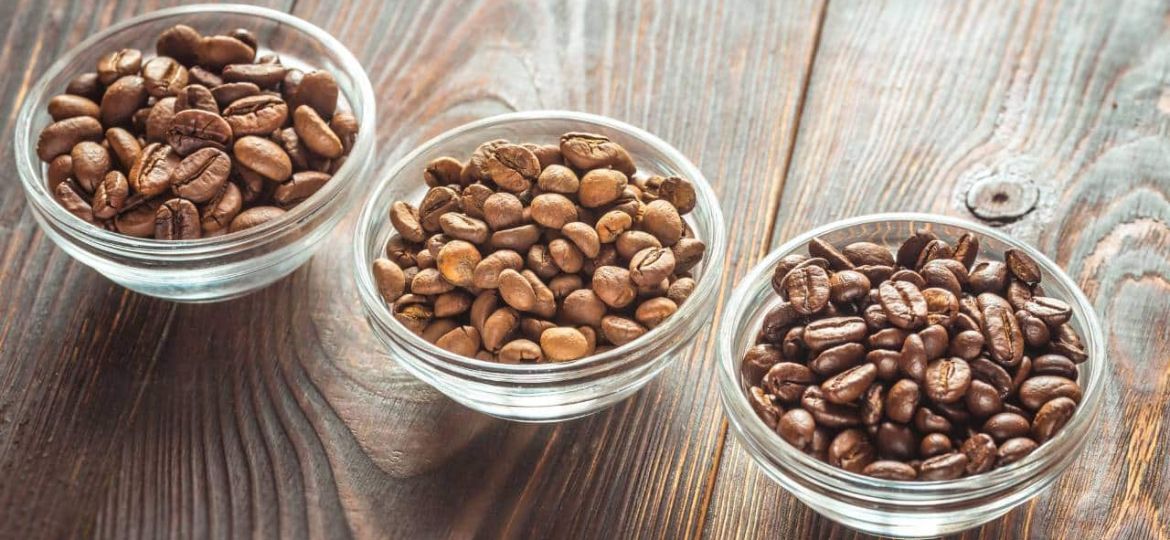
Low-acid coffee beans have emerged as a beacon for coffee lovers who experience stomach sensitivity or acid reflux. These beans undergo specific growing, processing, and roasting methods to reduce their natural acidity, making them a gentler option for those with digestive concerns. The importance of low-acid coffee extends beyond mere preference, offering a solution for individuals who otherwise might have to forgo their cherished coffee rituals.
Understanding Low-Acid Coffee
What Makes Coffee Low-Acid?
Several factors play crucial roles in determining the acidity level of coffee. Bean origin is pivotal, as the soil’s pH, climate, and elevation where coffee is grown can influence its acidity. For instance, beans grown at high altitudes, like those from volcanic regions, often have lower acidity due to the specific growing conditions.
Altitude affects the bean’s maturation process, with higher elevations typically producing beans with a more balanced acidity. Processing methods also impact acidity; for example, the wet hull process can enhance the coffee’s natural sweetness and lower its acid content.
Benefits of Low-Acid Coffee
Opting for low-acid coffee brings significant health benefits, particularly for individuals with gastrointestinal sensitivity. By reducing the coffee’s acidity, there’s less risk of upsetting the stomach or triggering acid reflux, conditions that can be exacerbated by traditional coffee.
Low-acid coffee provides a smoother, more comfortable coffee-drinking experience, allowing consumers to enjoy their favorite beverage without the discomfort that can sometimes follow.
Top Picks for Low-Acid Coffee Beans
Purity Coffee Ease Dark Roast
Purity Coffee Ease Dark Roast stands out for its meticulous attention to health and quality. The brand prides itself on toxin-tested beans that ensure a pure coffee experience. This dark roast offers a rich flavor profile with notes of dark chocolate and caramelized sugar, catering to those who seek depth in their coffee without the acidity.
Trücup Born to Be Mild Light Roast
Trücup’s Born to Be Mild Light Roast utilizes a natural process to mitigate acidity, making it an excellent choice for coffee enthusiasts prone to stomach issues. Sourced from Seattle, known as the coffee capital of the world, this blend promises a smooth, satisfying cup that’s easy on the digestive system.
Puroast’s Low Acid Coffee House Blend
Puroast’s House Blend is celebrated for its antioxidant richness and affordability, providing a medium flavor profile that appeals to a wide audience. While it might not boast the complexity of higher-end coffees, its value and gentle impact on the stomach make it a noteworthy option for daily consumption.
Tieman’s Fusion Coffee: Low Acid Medium Roast
Tieman’s Fusion introduces an innovative blend that includes 100% Arabica beans, green tea, red rooibos tea, and goji berries. This unique combination not only reduces acidity but also enhances the coffee with antioxidants and a slight sweetness, making it a standout choice for those seeking both flavor and health benefits.
Volcanica’s Selections
Volcanica Coffee Company offers a range of low-acid options including the exotic Komodo Dragon, the luxurious Hawaiian Kona, and the rare Jamaica Blue Mountain Peaberry. These selections are distinguished by their unique flavors, meticulous processing methods, and high-quality grades. Each provides a distinct taste experience, from floral-fruity notes to rich and smooth profiles, grown in volcanic soil that naturally reduces acidity.
Fabula Coffee – Shade Grown, High Altitude Beans
Fabula Coffee excels with its shade-grown, high-altitude beans that result in a smooth, chocolate-caramel flavor profile. This method of cultivation not only ensures a complex, rich taste but also maintains low acidity, making each cup a pleasure to drink without the bitterness.
Black Ink Coffee – Maineiac Blend
Black Ink Coffee’s Maineiac Blend offers a medium roast that is both rich and full-bodied, with a sweet, smooth flavor profile. It’s a testament to the brand’s commitment to quality and freshness, sourced from small farms and roasted in small batches to ensure each cup is as flavorful as possible.
Mommee Coffee Half-Caf – Low Acid and Caffeine
Mommee Coffee caters specifically to pregnant women and those sensitive to caffeine, with a Half-Caf variant that significantly reduces both acid and caffeine content. The result is a sweet and smooth coffee that minimizes the risk of acid reflux and heartburn, making it suitable for all stages of motherhood and beyond.
Each of these coffee brands and blends offers a unique approach to reducing acidity, from innovative blending techniques to careful selection of beans and processing methods. Whether you’re looking for a coffee that’s gentle on the stomach, rich in antioxidants, or simply delicious and low in acid, there’s an option on this list that’s sure to satisfy.
Factors to Consider When Choosing Low-Acid Coffee
Roast Type
The roast type significantly influences a coffee’s acidity. Dark roasts tend to have lower acidity compared to light roasts. This is because the longer roasting process breaks down more of the acidic compounds. However, the flavor profile differs, with dark roasts offering a bolder, more robust taste, while light roasts retain a higher acidity that contributes to their brighter, more nuanced flavors.
Origin and Altitude
Origin and altitude are crucial factors affecting coffee’s natural acidity. Coffee beans grown at high altitudes in volcanic soil, such as those from Ethiopia or Colombia, often exhibit lower acidity levels due to the slow maturation process. This environment enhances the development of the beans’ complex flavors with a subtle acidity, compared to beans grown at lower elevations.
Processing Method
The processing method also plays a pivotal role in determining the acidity of coffee. Methods like wet hulling, a technique commonly used in Indonesia, can significantly reduce acidity. This method involves removing the coffee cherry’s outer skin before the beans are dried, which can lead to a smoother, less acidic coffee.
Brewing Tips for Lower Acidity
To further reduce the acidity in your coffee, consider adjusting your brewing method. Cold brewing, for instance, naturally produces coffee with lower acidity due to the cold water extracting fewer acidic compounds. Using a paper filter can also help, as it captures more of the oils and acids that can contribute to acidity. Additionally, brewing with slightly cooler water than boiling (around 195°F to 205°F) can prevent over-extraction, a common cause of increased acidity in coffee.
FAQs
- How does low-acid coffee benefit my health? Low-acid coffee is beneficial for individuals with sensitive stomachs or conditions like GERD, as it reduces the likelihood of acid reflux and discomfort.
- Can I make my regular coffee low-acid? While it’s challenging to significantly alter the acidity of coffee once roasted, brewing methods such as cold brewing or using a paper filter can help reduce perceived acidity.
Conclusion
Selecting and enjoying low-acid coffee beans is a nuanced process that involves understanding the impact of roast type, origin, altitude, and processing methods on acidity. By considering these factors and adjusting brewing practices, coffee lovers can enjoy their favorite beverage with reduced acidity, making for a smoother, more enjoyable coffee experience without the discomfort.









